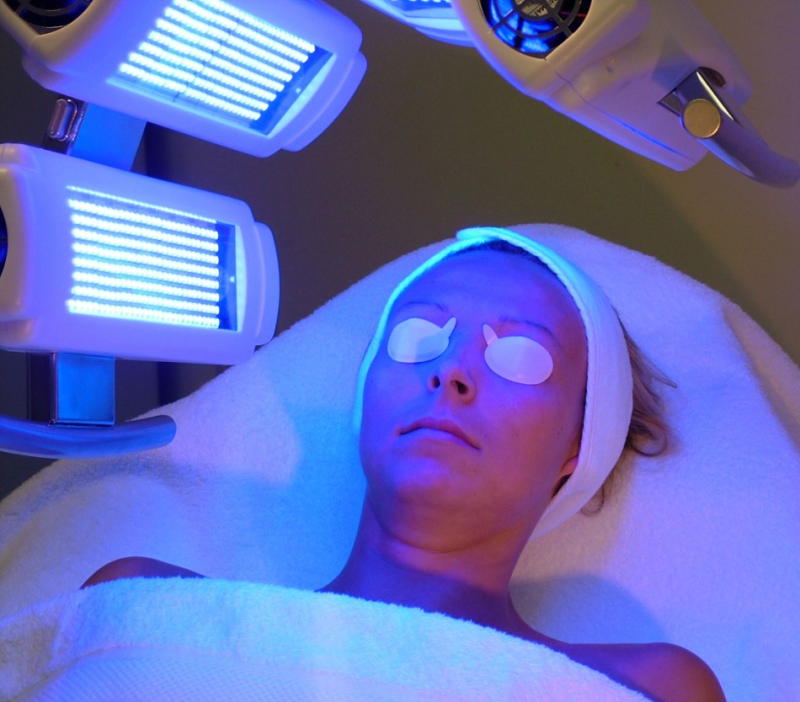About Phototherapy
Narrow band ultraviolet B (nbUVB) phototherapy is a light treatment available for patients with a variety of skin diseases. It consists of a very narrow band of ultraviolet light, between 311 to 312nm. This wavelength was originally optimised for psoriasis therapy. Despite this, it has been found to also effectively treat other conditions such as atopic dermatitis, vitiligo and lichen planus.
It is unclear exactly how phototherapy works, but it is known to alter the skin’s immune system. It suppresses the activity of the white cells in the skin.
nbUVB is usually offered as a ‘whole body’ treatment. The patient stands in a specially designed cabinet for a short period of time. A hand and foot machine is also available. Sessions are commonly 3 times a week. Depending on the condition, phototherapy will typically last from 6-10 weeks for psoriasis, to many months for vitiligo. For psoriasis, improvement is gradual. Usually you notice the lesions become less scaly and then start to become thinner. Symptoms of itchiness improve. Treatment continues until there is no activity and all that remains are darker or lighter areas of skin where the psoriasis/ rash was present. It is important to avoid missing any phototherapy treatments. It is only effective if attendance is regular. If you have any work commitments or holidays which will interfere with attendance, it is better to defer starting treatment. The light dose is gradually increased as the skin becomes more tolerant to the treatment.
Applying moisturiser to the treated area prior to phototherapy increases the effectiveness of the treatment. It is also important to check with your doctor before applying any prescription creams or creams with active ingredients such as tar or salicylic acid, as these can make the skin more sensitive to the ultraviolet light.
There are a few side effects of nbUVB therapy. Phototherapy may cause a burn similar to a mild sunburn. For this reason, it is recommended that the patient avoid additional significant sun exposure whilst on treatment. Development of a rash brought on by exposure to UVB is rare. This is equivalent to a ‘sun allergy’. Cold sores may be precipitated by this treatment. Patients who are susceptible to cold sores are told to protect the area where cold sores occur with a sunscreen. Some people may also find their skin becomes drier during treatment. Moisturising regularly and reducing the use of soap while bathing assists in preventing further skin dryness. Finally, when the skin rash gets better there is often a darkening of the skin where the rash was. This darkening can take up to 3 months, or longer, to disappear.
If you have any questions or concerns about phototherapy make an appointment to see our dermatologist. Contact us today.
